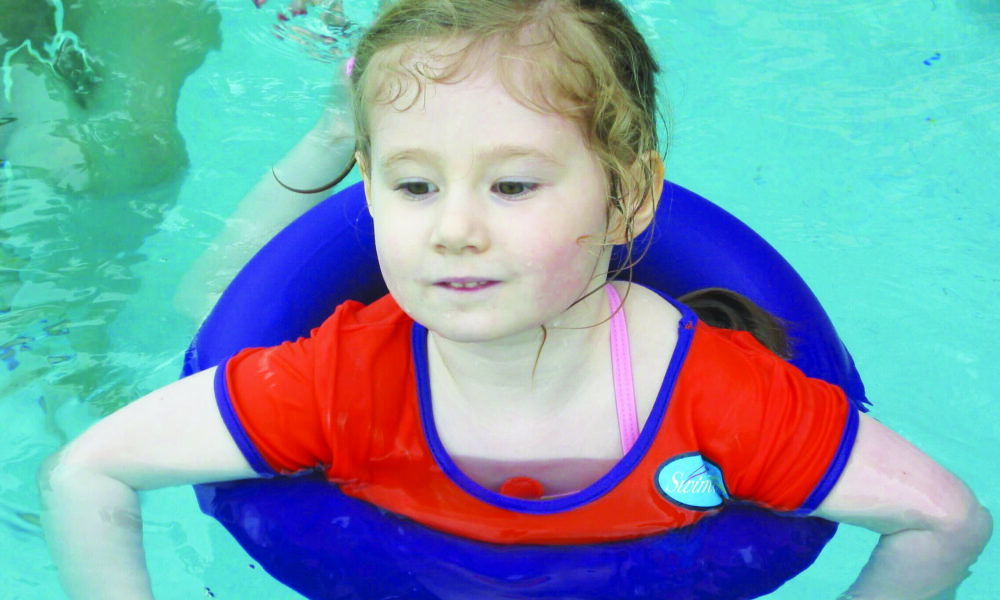When I was three years old, my parents signed me up for my first non-parented swim class at my local recreation centre. They would drag me out of bed, dress me in a pink frilly swimsuit, and sit on the water’s edge watching my class for what felt like hours. Soon enough, my Saturday mornings became synonymous with swimming lessons, and I absolutely hated it.
Some of my earliest memories are in the pool where I completely refused to do pretty much anything the instructor asked. In Preschool A, I would not put my face in the water. In Preschool B, I would not float on my back. And in Preschool C, I refused to even get in the pool because my instructor kept calling me Abigail instead of Abby.
When I finally made it to the “swimmer” levels, things did not get any better. My poor instructor Clifton spent nearly two years trying to get me to jump into the shallow end to little avail. I remember standing over the edge of the pool and looking down, absolutely terrified. I couldn’t swim, I thought, so why did he want me to jump in when I would inevitably sink? Was this some sort of plot to kill me?
A few years later as my swimming skills improved, the water became more inviting. On a family vacation when my dad wanted to go snorkelling, I agreed to go along. Once we got to the coral reef, I realized I had made a grave mistake. For some reason, it hadn’t occurred to me that there would be huge fish in the coral reef. So, I did what any terrified 10-year-old would do: I fled.
Afraid of the “shark-fish” that haunted the waters, my newfound swimming skills propelled me through the water and onto land. By the time my dad noticed that I was gone, I was halfway back to the beach, and he couldn’t catch up with me. Recognizing my knack for underwater speed, when we got home from our trip, he signed me up for pre-competitive swimming.
At my first pre-competitive practice, I felt like I was in over my head. Most of the kids were younger than me, faster than me, and all knew how to do flip turns, which I had never even seen before. But I stuck to my guns, tried my best, and, with time, I began looking forward to swim practices.
When I turned 12, I made it onto the competitive team—something that I never could have imagined just two years earlier. Sure, I was pretty much the slowest kid on the team in my first year, but I didn’t let it bother me; I just kept showing up to every practice (even the ones at 5:30 a.m.), tried my best, and had fun.
My competitive swimming career lasted four years and was filled with ups and downs. The early morning practices were rough and some of the coaches were tough, but I became more resilient and made friends in the process.
Perhaps most important, swimming served as a key bonding force for me and my brothers as we entered our teenage years. Both of my younger brothers became competitive swimmers, joining the same team I did two and five years later, respectively. Now, one of my brothers is a varsity swimmer at Brock University and the other remains on the same swim team I started at 10 years ago.
As if this wasn’t enough of a full circle, after I quit my swim team, I finished up my lifeguarding qualifications and became a lifeguard and swim instructor at the same recreation centre where I learned to swim.
Now, at the end of every school year, I look forward to going back to my teaching job in Ottawa. I get to see the smiles on kids’ faces as they master new skills and develop unique relationships with them and their families. Being a former terrified-of-the-water kid helps me to understand that kids who don’t want to try new things aren’t trying to be annoying—they’re just scared. But sometimes when I get a really, really difficult kid in my class, I wish I could meet Clifton again and apologize for being such a pain in the ass all those years ago.










